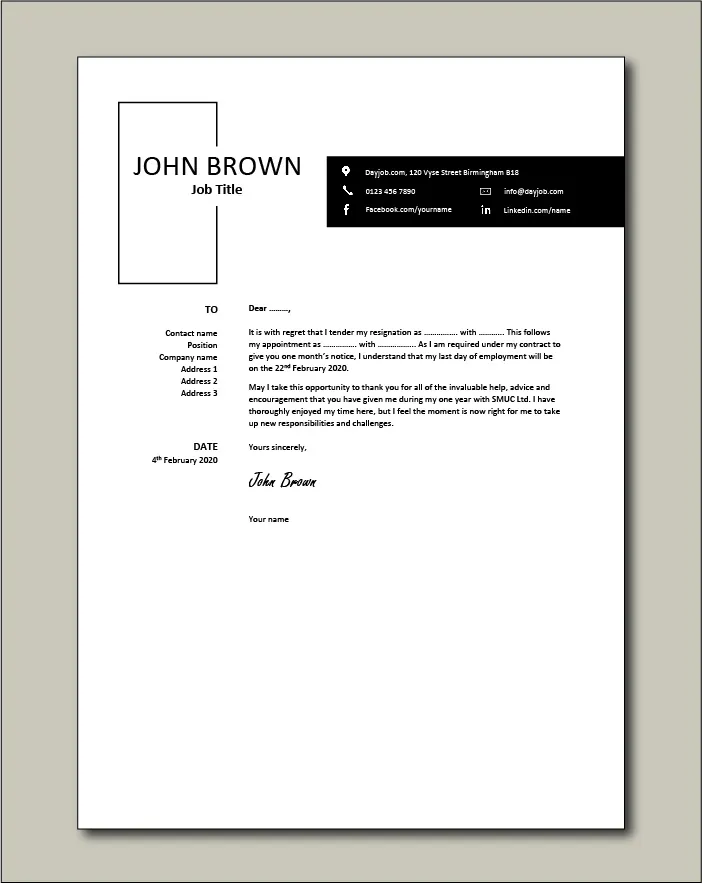The Importance of a Resignation Cover Letter
A resignation cover letter is a crucial document in the professional realm. It’s far more than just a formality; it’s a critical step in ensuring a smooth and positive departure from your current role. This guide will walk you through the essentials of crafting a well-written resignation cover letter, offering insights into what to include, what to avoid, and how to leave a lasting positive impression. A thoughtfully composed letter can significantly impact your professional reputation and future opportunities.
Why a Resignation Cover Letter is Crucial
A resignation cover letter serves several important functions. First and foremost, it formally communicates your intention to leave your position. It provides a written record of your departure, which can be invaluable for both you and your employer. Secondly, it allows you to express your gratitude for the opportunities you’ve been given and to maintain a positive relationship with your former colleagues and employer. This is especially important as you never know when your paths may cross again. A well-written letter can demonstrate professionalism and consideration, making it easier to obtain references and maintain a positive professional network.
Protecting Your Professional Reputation
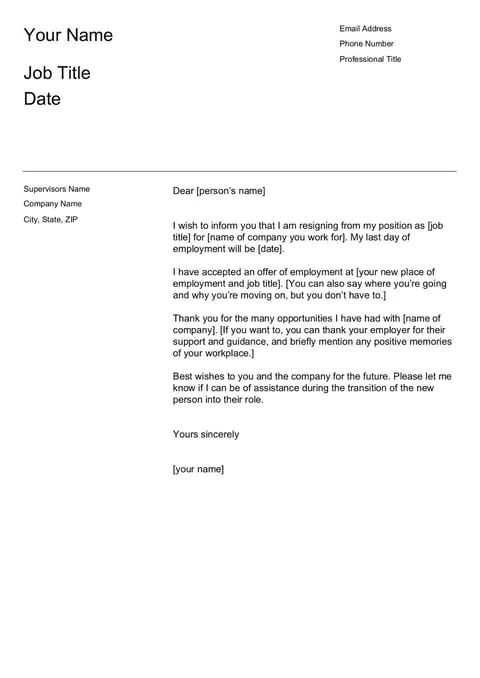
Your professional reputation is one of your most valuable assets. A well-crafted resignation cover letter can protect and even enhance your reputation. It shows that you are leaving on good terms, are thoughtful in your approach, and value the relationships you’ve built. Avoid burning bridges by being respectful and professional in your communication. The manner in which you leave a job speaks volumes about your character and can impact your future career prospects. A positive departure can open doors to future collaborations, references, and even potential job opportunities down the line. Conversely, a poorly written or unprofessional letter can damage your reputation and limit your future options.
Steps to Writing a Resignation Cover Letter
Writing a resignation cover letter doesn’t have to be difficult. By following these simple steps, you can create a professional and effective letter that reflects your intention to leave while maintaining a positive relationship with your employer. This structured approach ensures you cover all essential elements, helping you to leave a lasting positive impression.
Step 1 State Your Intention to Resign
The first and most crucial step is to clearly and unequivocally state your intention to resign from your position. This should be the first line of your letter. Use direct and unambiguous language. For example, you could start with, “Please accept this letter as formal notification that I am resigning from my position as [Your Position] at [Company Name].” This clarity ensures there is no confusion about your decision and sets the tone for the rest of the letter. Make sure your statement is firm and leaves no room for interpretation.
Step 2 Provide a Formal Date

Include the specific date of your last day of employment. This is a critical piece of information, as it officially marks the end of your employment. Be sure to adhere to the company’s policies regarding the notice period. In most cases, two weeks’ notice is standard practice. State this clearly in your letter, such as, “My last day of employment will be [Date].” This date should align with any agreements or company policies regarding your departure. It is also important to make sure this date is feasible for both you and your employer.
Step 3 Express Gratitude
Expressing gratitude is a key component of a professional resignation cover letter. Thank your employer for the opportunities you’ve been given, the experiences you’ve gained, and the support you’ve received during your time at the company. You can mention specific individuals who have mentored or helped you. Showing appreciation leaves a positive impression and demonstrates your professionalism. A few sentences expressing your gratitude can go a long way in maintaining a positive relationship. This shows that you value your time with the company, even if you are moving on to new opportunities.
Step 4 Briefly Explain Your Reason
While you’re not required to provide an extensive explanation for your departure, it’s often helpful to briefly mention your reason. This could be for a new job, relocation, or a personal decision. Keep it concise and positive. Avoid going into excessive detail or negativity. For example, you might say, “I have accepted a position that aligns more closely with my long-term career goals,” or “I am relocating to [City/Region] for personal reasons.” The goal is to provide a brief, professional explanation without oversharing.
Step 5 Offer Assistance with Transition
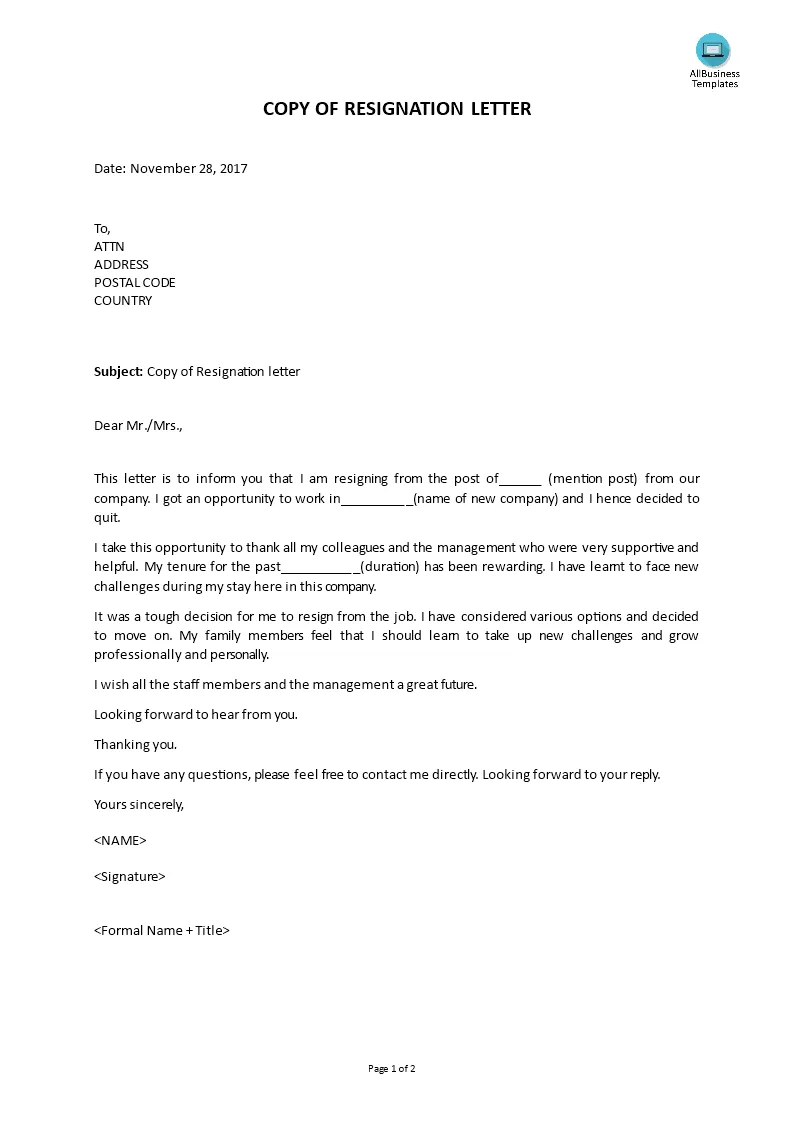
Offer your assistance in the transition process. This shows your commitment to ensuring a smooth handover. Offer to help train your replacement, complete any pending tasks, or assist in any way possible to minimize disruption. For example, you can include a statement like, “I am committed to ensuring a smooth transition and am happy to assist in training my replacement and completing any outstanding projects.” This proactive approach highlights your professionalism and willingness to support the company during your departure.
Step 6 Closing and Signature
Conclude your letter with a professional closing and your signature. Use a formal closing such as “Sincerely,” “Regards,” or “Best regards.” Below your closing, type your full name, and if you’re submitting a physical letter, leave space for your handwritten signature. If you’re sending an email, your typed name is sufficient. Make sure your contact information is correct and easily accessible if they need to reach you. This final step completes the formal and professional tone of your letter.
Essential Elements of a Resignation Cover Letter
Beyond the basic steps, several elements are essential to ensure your resignation cover letter is effective and professional. Attention to detail in these areas will help you to leave a positive impression and protect your professional reputation.
Professional Tone and Language
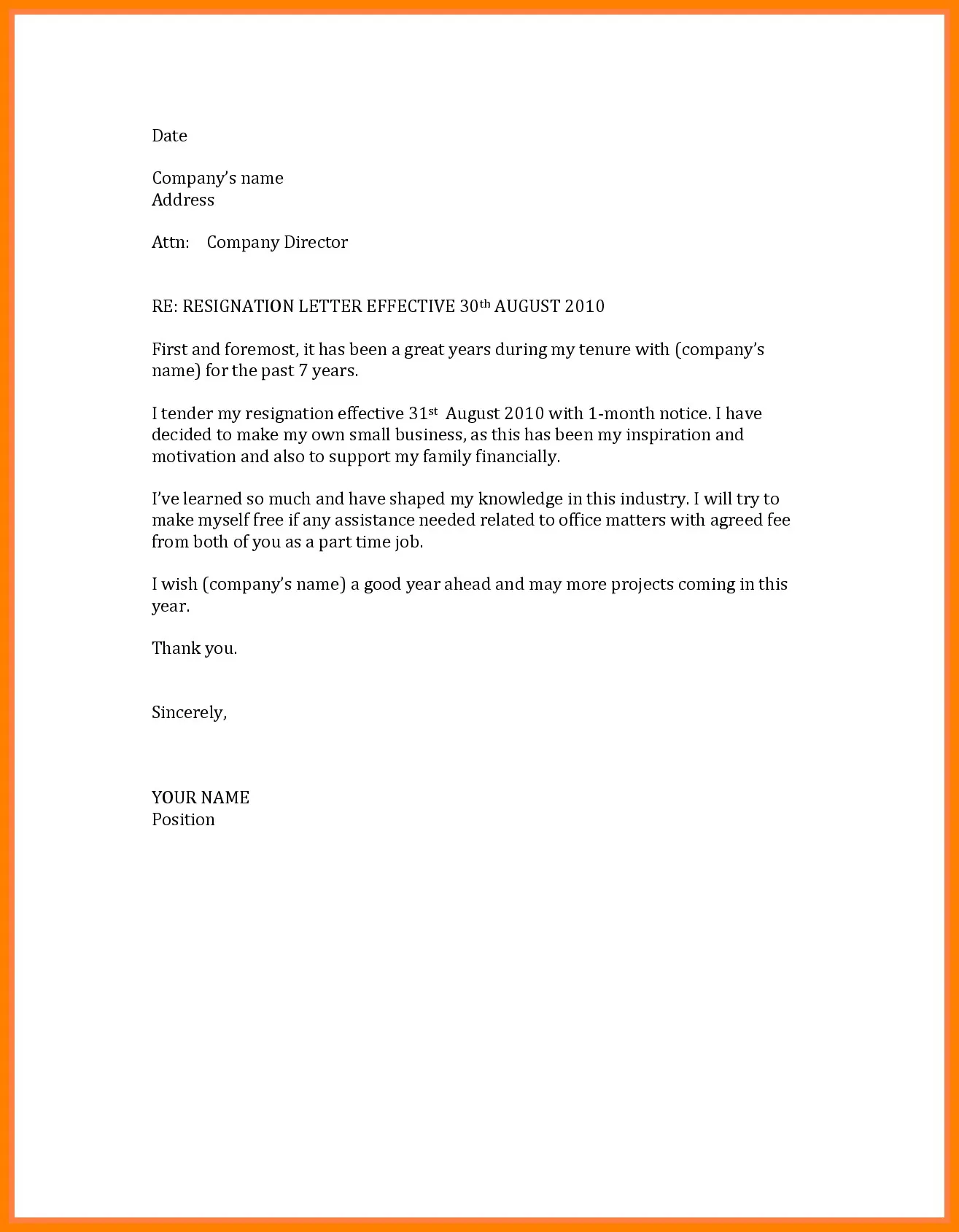
Maintain a professional tone throughout your letter. Avoid slang, informal language, or overly casual expressions. Use clear, concise, and respectful language. Keep the focus on your departure and future endeavors, rather than dwelling on the negative. Ensure your language reflects your respect for the company and your colleagues. Professionalism is key to leaving a good impression.
Formatting Your Letter Correctly
Proper formatting is vital for a professional look. Use a standard business letter format. This typically includes your contact information, the date, the recipient’s information, a formal salutation (e.g., “Dear [Manager’s Name]”), and a clear, concise body. Use a readable font such as Times New Roman or Arial, with a font size of 11 or 12 points. Ensure your letter is well-spaced and easy to read. Proofread carefully for any formatting errors.
Proofreading and Editing
Proofreading and editing are non-negotiable steps in the process. Carefully proofread your letter for any grammatical errors, typos, or spelling mistakes. Ask a trusted friend or colleague to review it as well. A fresh pair of eyes can often catch errors that you might miss. Ensure the tone is appropriate, the language is clear, and the message is conveyed effectively. This attention to detail demonstrates your professionalism and respect for the recipient.
Mistakes to Avoid in Your Resignation Cover Letter
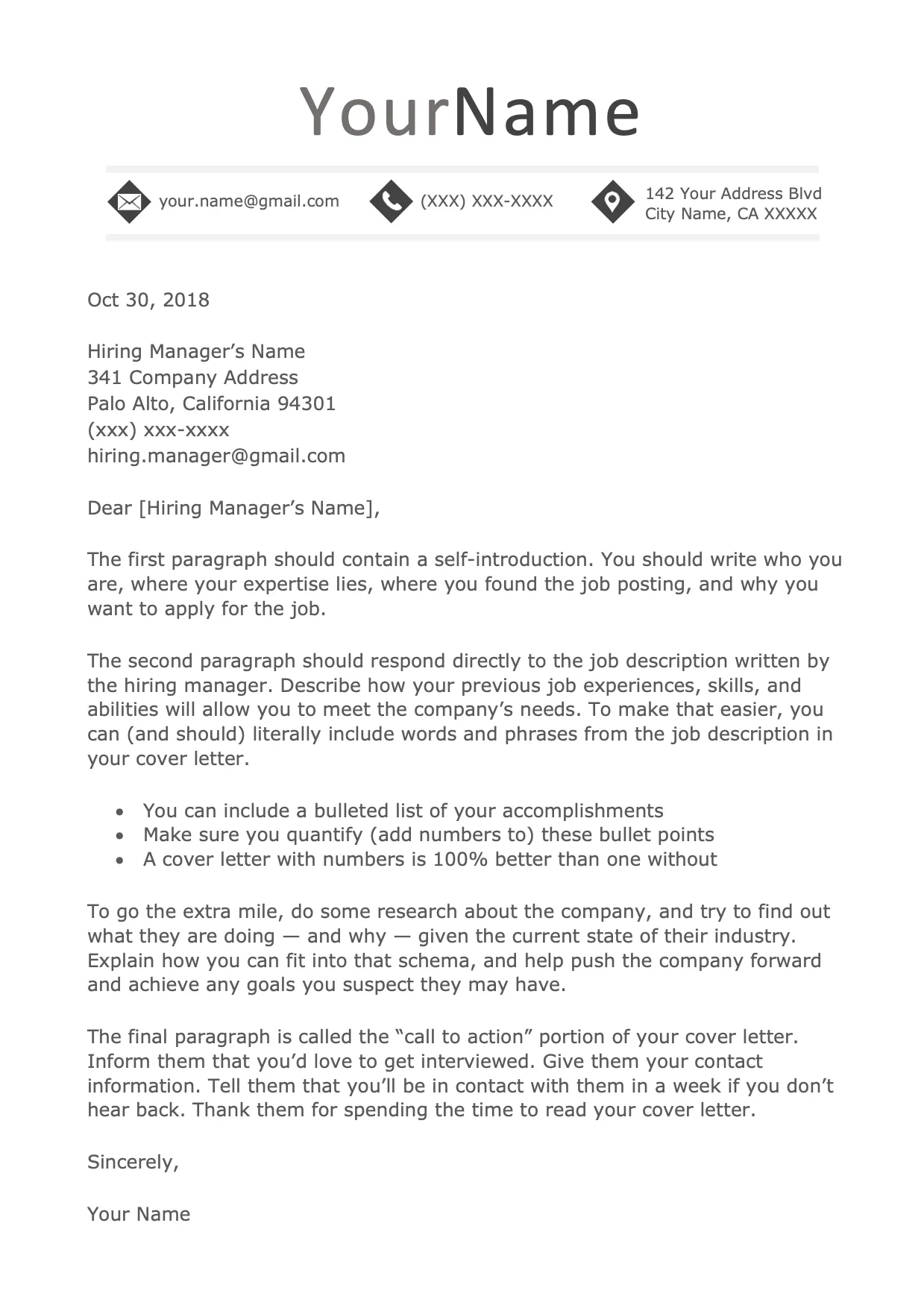
Avoiding common mistakes can significantly improve the impact of your resignation cover letter. Being mindful of what not to include can help you maintain a positive and professional image.
Being Negative or Complaining
Refrain from including any negativity or complaints about your job, colleagues, or the company. Your resignation letter is not the place to air grievances. Even if you have legitimate concerns, expressing them in this context can reflect poorly on you. Keep your tone positive and focused on your future. Avoid using language that could be perceived as critical or accusatory.
Burning Bridges
Avoid any actions that might damage your relationships with your employer or colleagues. This includes making disparaging remarks, being unprofessional, or failing to provide adequate notice. Maintain a respectful and amicable tone throughout your letter. Remember that you may need references or may cross paths with these individuals again in the future. Leaving on good terms is crucial for your professional development.
Including Too Much Personal Information
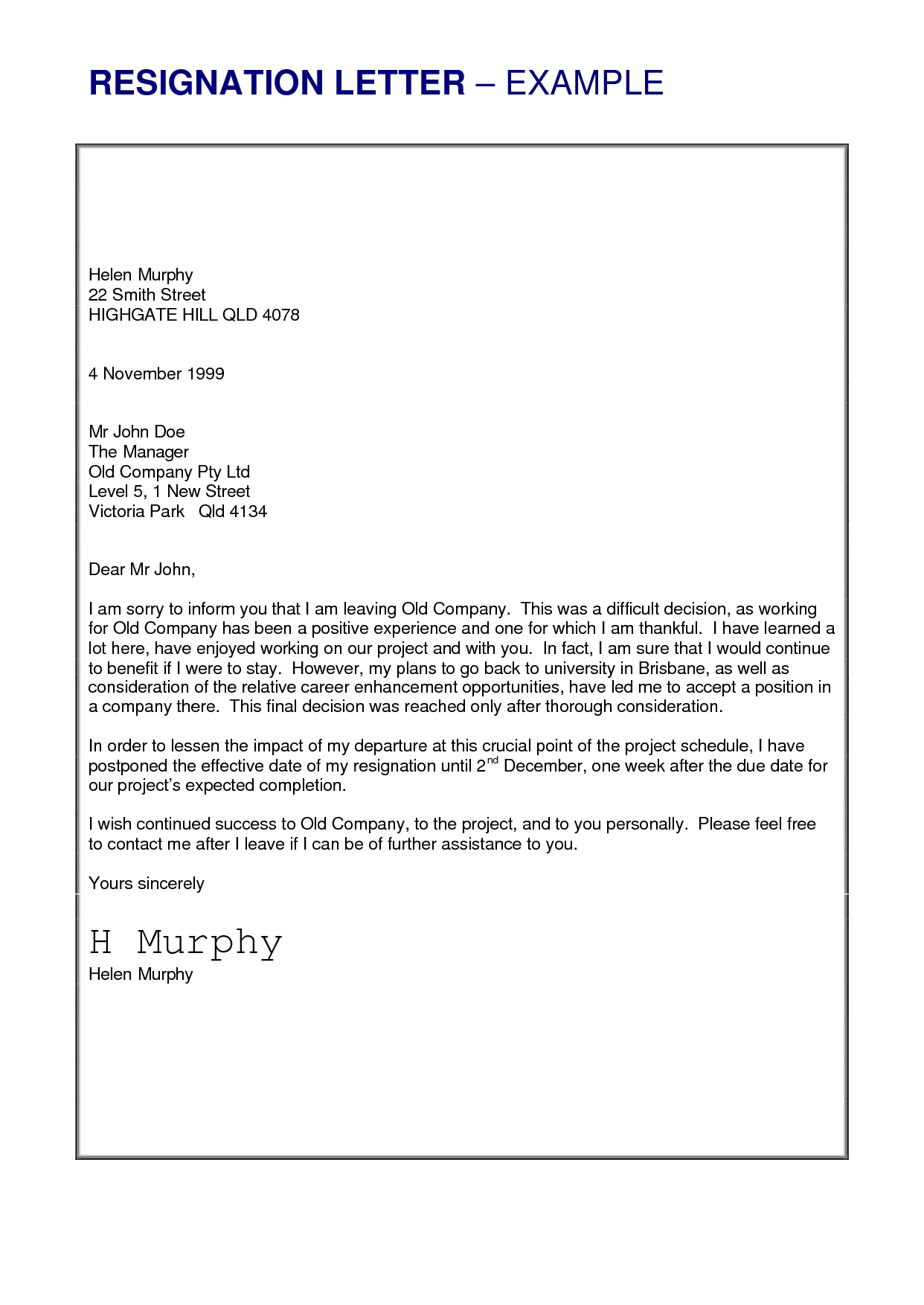
While you can briefly mention your reason for leaving, avoid sharing excessive personal details. The focus of your letter should be on your departure and gratitude. Keep your explanation concise and professional. Over-sharing personal information can be seen as unprofessional and may distract from the core purpose of the letter.
Resignation Cover Letter Templates
Templates can be a useful starting point when writing your resignation cover letter. They provide a framework to ensure you include all necessary elements. However, remember to customize any template to fit your specific circumstances and the culture of your workplace.
Basic Resignation Letter Template
A basic template includes the essential components of a resignation letter. It typically includes a clear statement of your intention to resign, the date of your last day, a brief expression of gratitude, and your signature. This type of template is suitable for most professional situations. It ensures you cover all the necessary information without adding unnecessary details.
Professional Resignation Letter Template
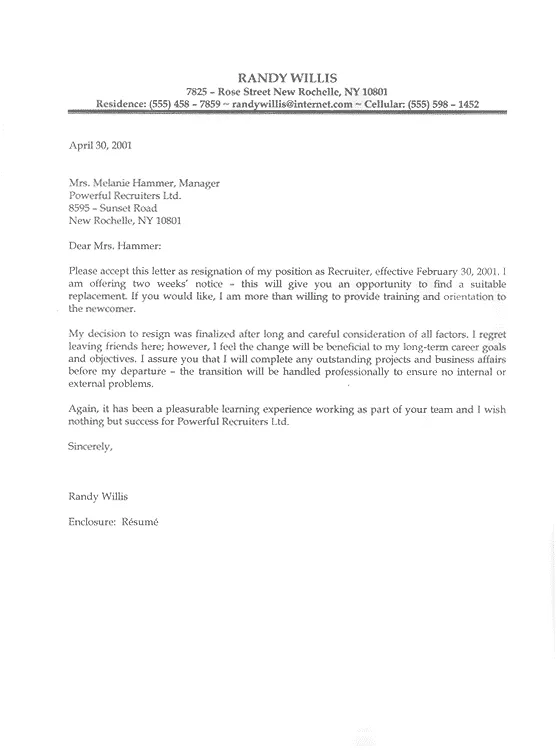
A professional template may include additional elements such as a more detailed explanation of your reasons for leaving, an offer to assist with the transition, and a more formal closing. This type of template is beneficial if you want to add extra details to your letter. Be sure to adapt the template to suit your role and the company culture.
Email Resignation Letter Template
In today’s digital age, many resignations are submitted via email. An email template includes the same essential elements as a traditional letter but is formatted for electronic communication. Be sure to include a clear subject line and maintain a professional tone. Keep the email concise and easy to read. Ensure that all important information is readily accessible and clear. This template is perfect for fast and straightforward communication.
Conclusion
Writing a resignation cover letter is an essential skill for any professional. By following the steps outlined in this guide, you can craft a letter that is professional, respectful, and leaves a positive impression. Remember to focus on clarity, gratitude, and a positive tone. Avoid common mistakes, and always tailor your letter to your specific circumstances. A well-written resignation cover letter can protect your professional reputation and set the stage for future success. Leaving on good terms will benefit your career and your future opportunities.
